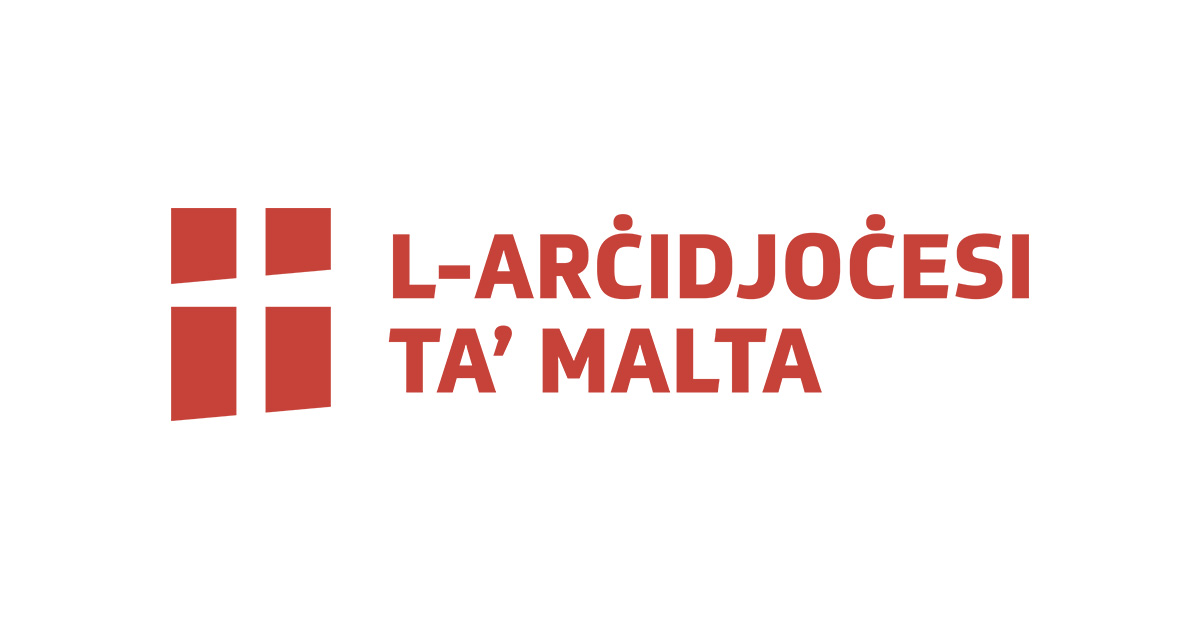-
Proġett ta’ enerġija alternattiva fi 13-il Skola tal-Knisja
-
13 Church Schools, members of the Private Schools Association (PSA), with the aim of reducing the schools’ dependency and use of non-renewable energy sources, have embarked upon The Green Energy Schools (GES) project. This project, spread over a period of eighteen months (2012-2013), involved the installation of Photovoltaic Panel arrays in twelve schools and the installation of Intelligent Lighting systems in three schools.To achieve this aim, the Green Energy Schools project benefited from the European Development Fund (ERDF 228 Project) under the Cohesion Policy Programme 2007-2013 – Operational Programme I Investing in Competitiveness for a Better Quality of Life.The participating project partners were:Bishop’s Conservatory Primary SchoolBishop’s Conservatory Secondary SchoolConvent of the Sacred Heart School FoundationSavio CollegeSt. Albert The Great CollegeSt. Aloysius’ CollegeSt. Augustine’s CollegeSt. Elias CollegeSt. Francis School CospicuaSt. Francis Seconday School (Sliema)St. Michael SchoolSt. Paul’s Missionary CollegeThe Archbishop’s SeminaryAs noted in the Operational Programme I (OPI), energy has a significant impact on the quality of life of individuals, on the environment, as well as on economic competitiveness. To date, the electricity generation of the Maltese Islands is almost entirely dependent on non-renewable (fossil) energy sources. This dependency has environmental and economic implications, affecting the quality of life of all.Considering that one of the greatest sources of greenhouse gasses are the aerial emissions resulting from the generation of electricity, the installation of PV Panels and the use of Intellingent Lighting Systems will greatly reduce such emissions, contributing to a reduction in the school’s carbon footprint.The photovoltaic resource potential in Malta is substantial, particularly if one takes into account the roofs of large buildings such as schools. Through the GES Project, 1,525 PV Panels have been installed on the roofs of the participating schools, generating a total of 622MWH of electricity annually. Furthermore, the GES project has also tackled end-use energy efficiency through the installation of intelligent lighting systems, including light controllers and motion detectors, in 71 classrooms in three (3) different schools. Photovoltaic panels and ILSs will be reducing the amount of CO2 emissions by 512 tonnes per annum.Besides Economic and Environmental Sustainability, Educational aims were at the heart of the GES project. While reducing the schools’ dependency on non-renewable energy sources, the schools, as educational institutions, are also serving as catalysts of green energy measures. It is hoped that this example set will be followed by others.
-
-
Ritratti: Photocity
www.photocity.com




